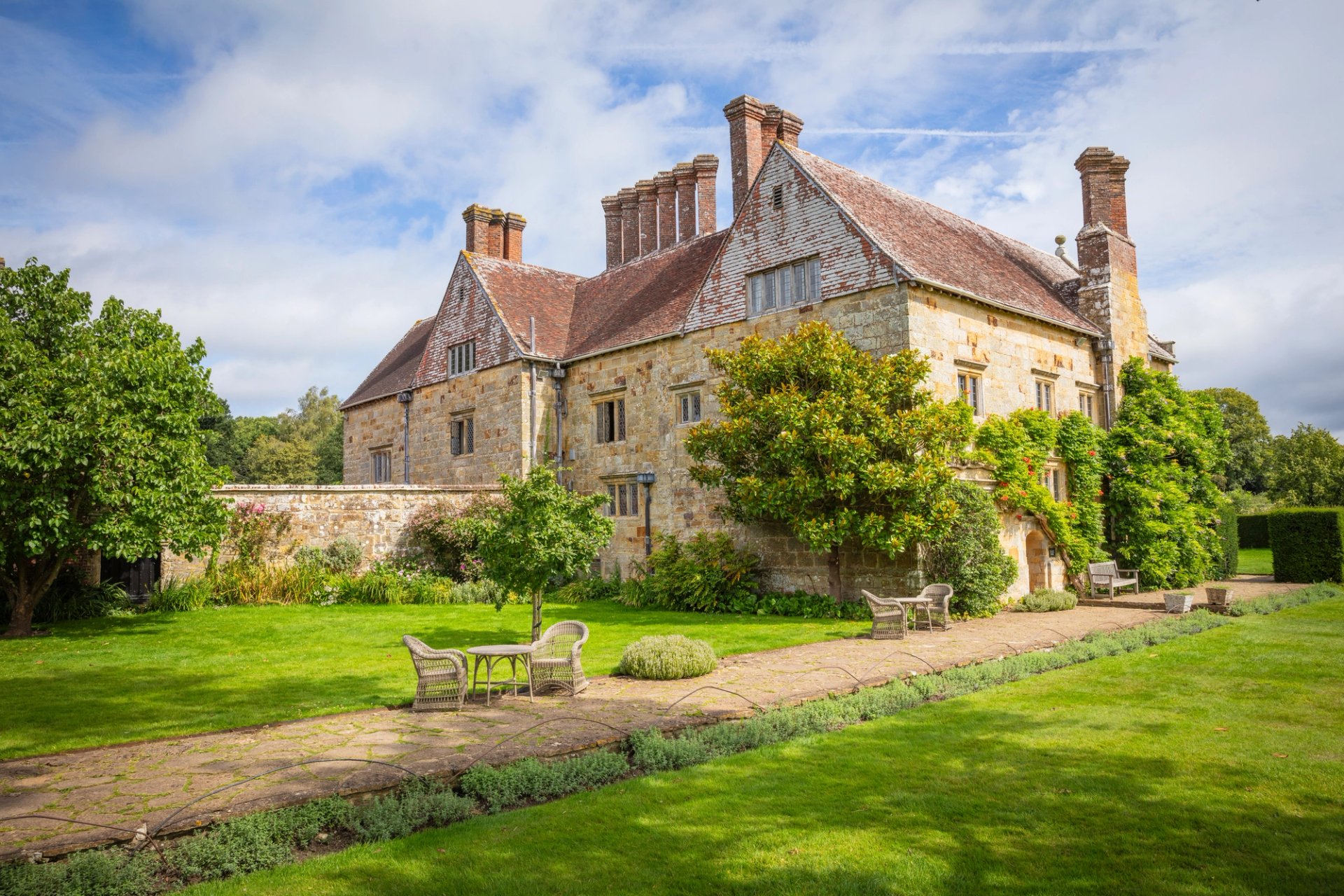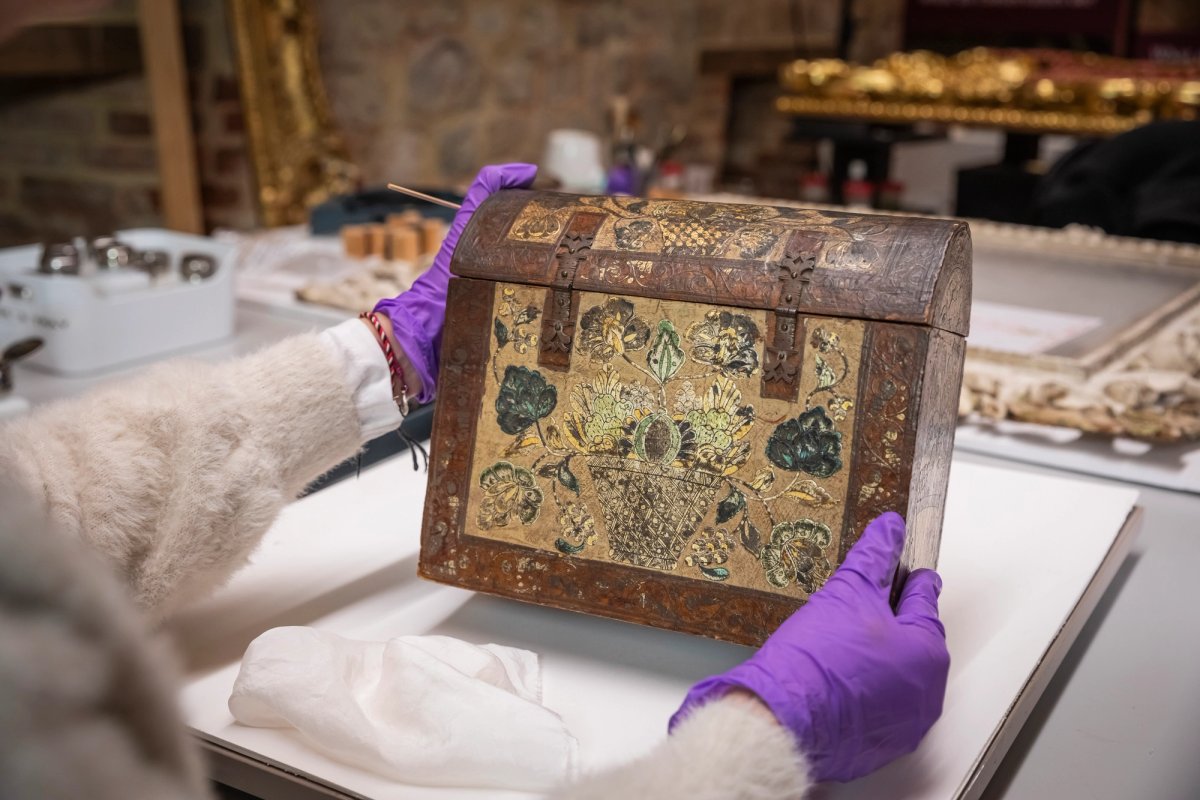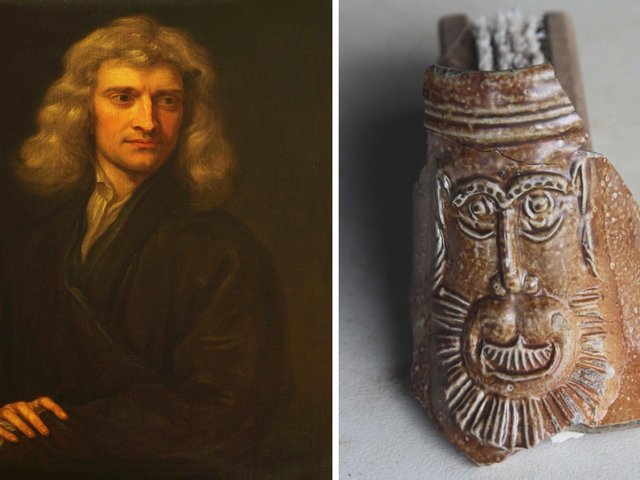A small box, which has sat largely unnoticed for almost a century among the possessions of the writer Rudyard Kipling at his home in East Sussex, has been newly identified as a very rare 300-year-old example of a near extinct South American craft.
Kipling’s 17th-century home, Bateman’s at Burwash, was left to the National Trust with all its contents by his widow Caroline in 1939. The importance of the casket was finally recognised as work began on the redisplayed exhibition at the house on his life, work and extensive travels.
The box is an example of Barniz de Pasto work, an ancient South American technique of applying and carving thin layers of coloured resin extracted from the seeds of a local shrub. It is still practiced in Columbia, but has been listed by Unesco as a valuable but endangered example of Intangible Cultural Heritage.
Such pieces have been little studied, but the National Trust curator Megan Wheeler says she became aware that curators at the Victoria & Albert Museum were working on the Barniz de Pasto in their collection. “We looked carefully at our own, and so were able to correctly identify this wonderful piece at Bateman’s. These Barniz de Pasto objects are very rare, and as a result are often miscatalogued as ‘lacquer work’: the earliest record we have for this item simply described it as an ‘old Spanish wood casket’.”

Rudyard Kipling's home Batemans in East Sussex © National Trust Images Photo: James Dobson
Thought to date from around 1700, the box has the added refinement of a layer of silver leaf, known as barniz brillante. Wheeler said such pieces are so rarely correctly identified and studied that it is not yet possible to identify the town or even country in South America in which it was made.
The property archives give no clue as to how the casket came into the Kipling collection. The journalist, poet and novelist, author of The Jungle Book and the endlessly quoted poem If, who was awarded a Nobel Prize for literature in 1907, was born in India in 1865 and travelled widely all his life, including trips to Hong Kong and Japan as well as South Africa and the US, often bringing back objects to add to the collection at Bateman’s. The National Trust believes he could have bought it in Brazil in 1927, but alternatively his daughter Elsie may have brought it back as a gift from her honeymoon in Spain in 1924.
Conservation work was carried out at the trust’s Royal Oak studio in Kent, where conservator Emma Schmuecker says it was the first time that a Barniz de Pasto item had been put through such a detailed study. The work, which involved non-invasive techniques including infrared photography and scanning X-ray fluorescence identifying the chemical composition of the surface—and revealing finger prints of the makers—may help establish a timeline for such pieces and even identify individual workshops.
Schmuecker believes the piece was probably commissioned from local artisans by Spanish noblemen or clergy. Its shape derives from East Asia, but the fruit and flowers are South American, and the use of silver leaf reflects Spanish influence. “The casket exemplifies the complexity of global trade and exchange in the early modern period. It is no surprise that this delightful little casket appealed to Kipling—very much a man of the British Empire—whose tastes were shaped by and reflected his travels.”
The casket is on display in the exhibition, which has just opened at Bateman's and includes a toy pig given by Kipling to his cousin Prime Minister Stanley Baldwin, and a copy of his novel Kim, which went with the crew of the 1910 Terra Nova expedition to the South Pole.



